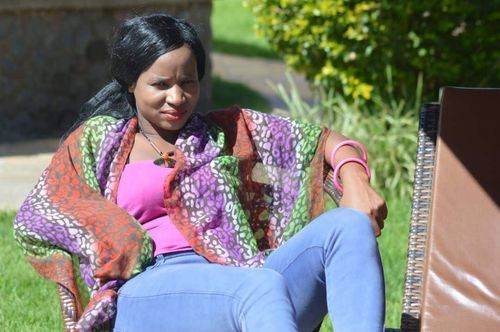By Moses Walubita
MakanDay has established that of the thirteen surveyed skyscrapers in the central business centre of Lusaka, only eight have functional elevators. Now imagine how people get to the top of some of the tallest buildings.
Some workers I spoke to at the various companies said it was tiresome climbing to the top every day. “But what can we do?” Complained a young lady who works on the fourth floor of one of the public buildings. Another remarked: “We are used.” The workers have now resigned to their fate hoping that soon the non-functional elevators will be repaired.
After independence, Lusaka witnessed massive construction of top buildings mostly on the south of Cairo Road. The buildings included the landmark FINDECO House, ZIMCO House, MEMACO House, Provident House, ZANACO House and Bank of Zambia. To the east of Cairo Road is Zambia Railways rail line which runs from the north to the south of the country.
The Zambia Industrial and Mining Corporation (ZIMCO), a holding company for all Zambian state interests, was one of the largest public institutions in sub-Saharan Africa. It controlled 125 principal companies relating to every major industrial activity in Zambia, including mining, consumer goods, manufacturing, finance, transportation, agriculture, energy, and hotelier. The product of Zambia’s far-reaching nationalisation programme since independence from Britain in 1964, ZIMCO dominated the nation’s troubled economy.
Cairo Road, a section of the Great North Road, was so named because it is a link in mining imperialist John Cecil Rhodes’ dream of a Cape to Cairo Road through British colonies. He never lived to see his dream realised as he died aged 89 on 26 March 1902.
Ben Johnson writes of Cecil Rhodes: “Some influential men have streets named in their honour, even more influential men have towns or even cities named after them, so how to compare a man after whom they named large swathes of Africa? That man was Cecil Rhodes, who founded the colonies of Southern and Northern Rhodesia, renamed Zambia in 1964 and Zimbabwe in 1980.”
My thoughts for this piece were ignited by an interesting comment by journalist Juliet Makwama who shared on her Facebook page about a conversation she overhead between a couple as they walked down Independence Avenue to Cairo Road in Lusaka – the capital city’s business centre. She had decided to take a walk from FINDECO House to Government Complex and back.
“On my way back at the Kafue roundabout fly-over bridge, a couple is walking behind me. (They looked they were coming from Inter-city because they were travelers). The man says to the woman while pointing to FINDECO House.”
“You see how the people in the city build houses. One on top of the other. All this is for one person,” she wrote. And the woman was agreeing in amazement. That was an hour ago. Up to now I am still wondering if those people were for real or maybe they were making a movie on civilisation or whatever. Right now, I am on a lookout for a movie that will show my figure as a member of the public. Lo!” Ms Makwama wrote on her Facebook page.
Ms Makwama’s comment may sound like fiction, however, it is common knowledge that some people, especially those from rural areas, perceive the skyscrapers (tall buildings) dotted around our cities as houses.
This story reminds me of the famous Zambian musician Paul Ngozi’s song ‘Vinabwela mo cedwa’.
As former Zambia Daily Mail music columnist Felix Nyambe said, Paul Ngozi’s song talks about a Mr Phiri who thought FINDECO House in Lusaka was Mount Kilimanjaro in East Africa.
On Christmas he bought more than 100 loaves of bread and thought a Double-decker were two buses on top of each other. In short, he was a Chipata naïve man. In Lusaka, Giraffe Double-decker buses were a common alongside state-owned United Bus Company (UBZ).
According to Wikipedia, a double-decker bus is a bus that has two storeys or decks. Double-decker buses are used for mass transport in the United Kingdom, the United States of America and Asia, the best example being the red London bus, namely the AEC Routemaster.
Ngozi Family band originally known as the Scorpions based in Lusaka’s Chibolya Compound later moved to Livingstone. Back in Lusaka, they became known as the Ngozi Family, comprising Paul Ngozi on the lead guitar and vocals; Chris Zebby Tembo (drums), Tommy Mwale (bass) and Jesper Lungu (rhythm).
Later Mr Ngozi band changed the name to Ngozi Family Experience and included Justin Nyirongo after Tommy Mwale died. As Ngozi Family in came Linda Ngozi, Paul Ngozi’s wife. The coupledied in 1989.
Ms Makwama’s story and Ngosi’s song, comical as they may sound, sum up how Zambia has remained in the past despite progress that has been made by some of her peers. While the country is building new skyscrapers, little or no plan is in place to maintain their statuses.
Article Image: Ms Makwama
Moses Walubita, is a Zambian Journalist/Author/Historian. He enjoys writing in-depth stories

Discover more from MAKANDAY
Subscribe to get the latest posts sent to your email.



